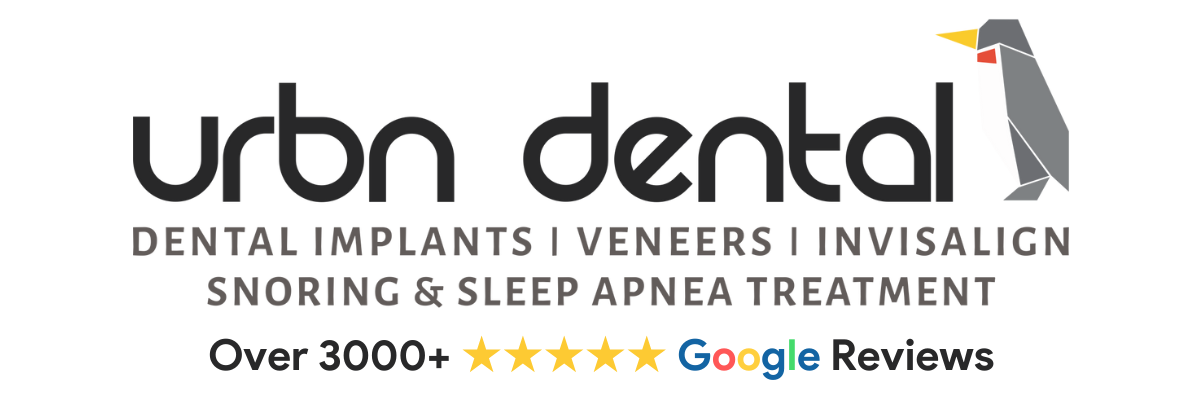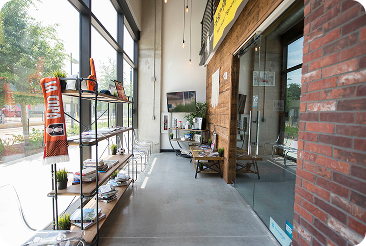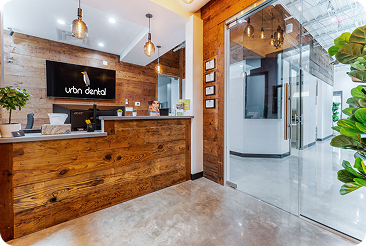First aid kits are commonplace. They’re typically kept in workplaces, businesses, vehicles, and homes. In 2021, the first aid kits generated $186.3 million globally, and that number is expected to soar to almost $320 million before 2033.
Although 2 million people go to hospital emergency rooms yearly because of dental emergencies, dental emergency kits aren’t as common as first aid kits. Investing in emergency dental supplies ensures you have the essentials to address a dental emergency. Let’s look at the benefits of dental emergency kits, what they should include, and how to deal with common dental emergencies.













